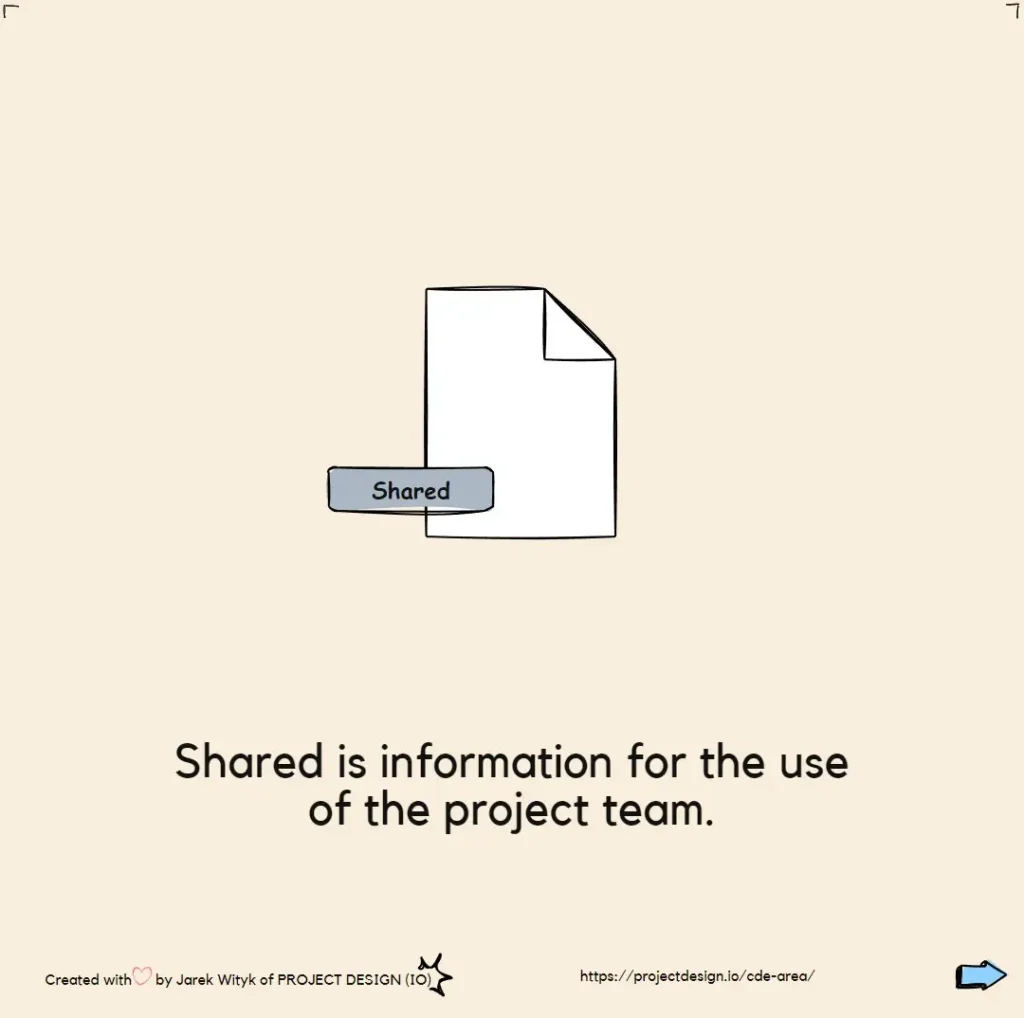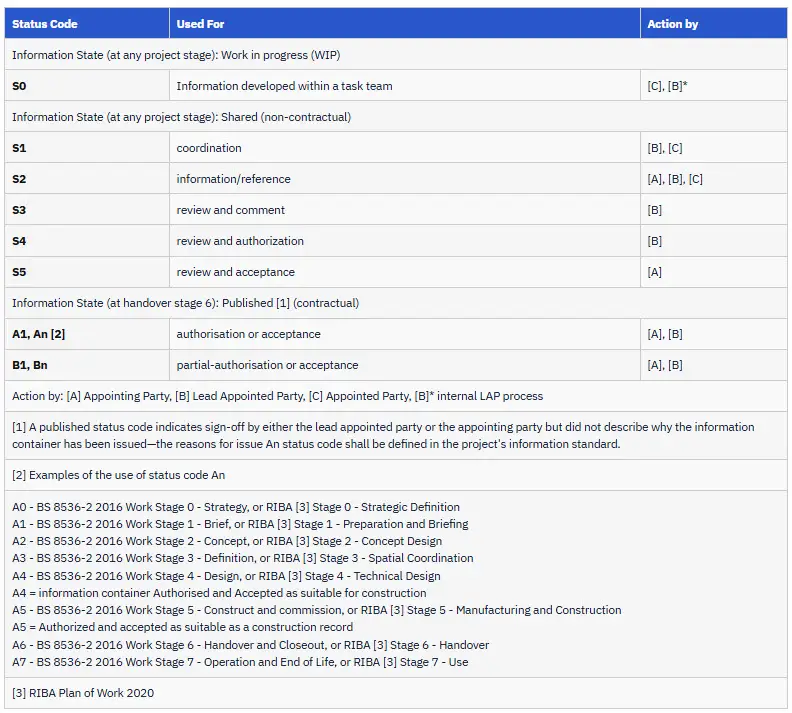Revit Guides
Data Management
ELI5
security breach
infraction or violation of security (3.7) [1] 1 Online Browsing Platform (OBP) [WWW Document], n.d. URL https://www.iso.org/obp/ui#search (accessed 4.10.21).
smart asset management
The terminology such as digital built environment and smart asset management, often referred to as Digital Construction, encompasses multiple technologies and processes related to information or project management and the
Conditions of Satisfaction
An explicit description by a Customer of all the actual requirements that must be satisfied by the Performer in order for the Customer to feel that he or she received
Spacial Asset
A spacial asset can be defined as a specific location such as a zone, boundary, area, floor or room with a known location and extents.For most businesses, spacial assets usually
Supporting Information
Supporting information shall be used where applicable and relevant to fully understand and evaluate information requirements or acceptance criteria. Supporting information includes but is not limited to: Existing site surveys
Strategic Objectives of BEP
Objectives of BEP shall be allignwed with Exchange Information Requirements (EIR), an example of Strategic Objectives for a project have been listed below: Meet Level 2 BIM compliance, in accordance
Specialist BIM Manager / Coordinator
The Specialist BIM Coordinator duties will reflect those for the Project BIM Coordinator but will be specific for discipline or trade-specific models and data deliverables. Responsible for checking, reviewing and

SHARED
All project Model Authors’ information for the use of the entire project team. The Federated Model Manager will combine all information for checking against the AIR. All team members should
Stage 2 Maturity
BIM at Maturity Stage 2 according to the ISO 19650 Framework is “the use of a shared digital representation of a built asset to facilitate design, construction and operation workflows
Scope
Bid response should include a scope management plan containing all the tasks necessary for successful project delivery. The plan shall define the implementation and verification of workflows. A project should
SMART Information requirements
The acronym SMART has been defined by the PAS 1192‑2: 2013 clause 5.1.3. the term means that Information req BS ISO 31000:2018 PAS 11922: 2013 clause 5.1.3 defines the acronym
Sub-process
A sub-process is a group of activities that are performed as part of a larger process or choreography. It is compound in the sense that it can be broken down
Sub-Process (Expanded)
The sub-process boundary is expanded, and the details (a process) are visible within it. It is important to note that sequence flows cannot cross the boundary of a sub-process.[1] Symbol
Sub-Process (Collapsed)
The diagram does not show the details of the sub-process. A “plus” sign in the shape’s lower-left corner indicates that the activity is a sub-process with a lower level of
Start Event
A start event specifies where a process will begin. Start events can only react when a trigger is “caught.” Symbol 9). BPMN Method and Style: A levels-based methodology for BPM
Start Event (Message)
A message is received from a participant, which initiates the process. The actual recipient of the message can be identified by connecting the event to a participant via a message
Sequence Flow (Normal or Uncontrolled)
A sequence flow is used to show the order in which activities in a process or choreography will be performed.[1] Symbol 1] Silver, B. (2009). BPMN Method and Style: A
breakdown structure
decomposition of a defined scope into progressively more detailed levels

BS EN ISO 19650-2 UK National Annex (NA) 2021 status and use reference table
Status Code Used For Action by Information State (at any project stage): Work in progress (WIP) S0 Information developed within a task team [C], [B]* Information State (at any project

